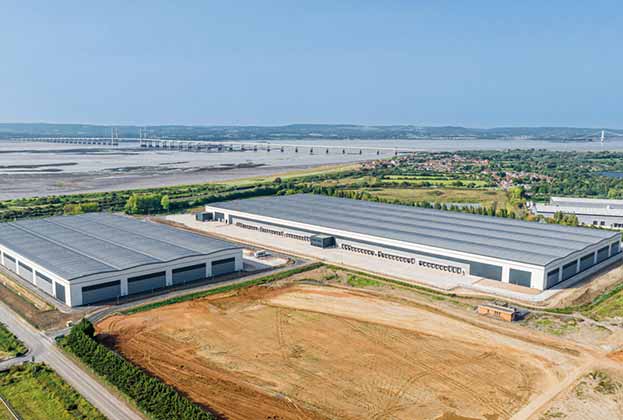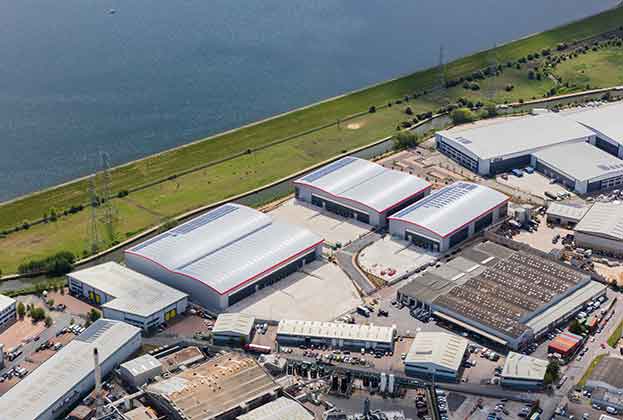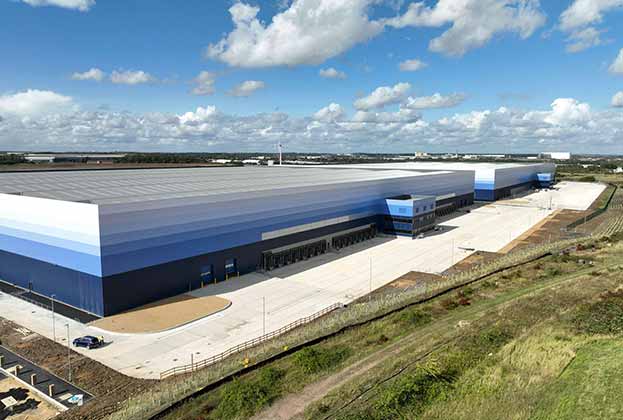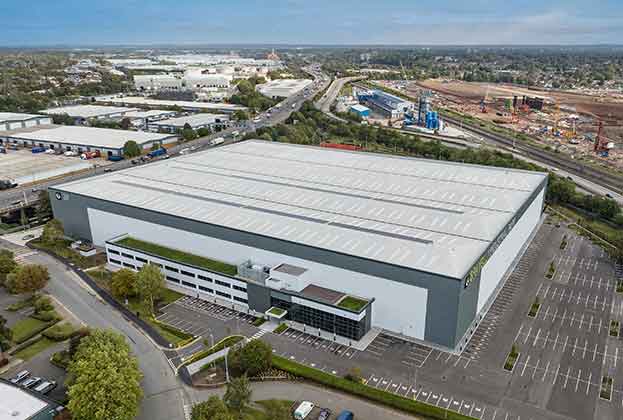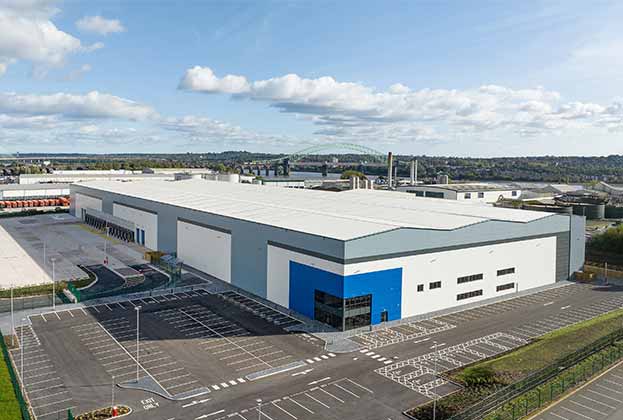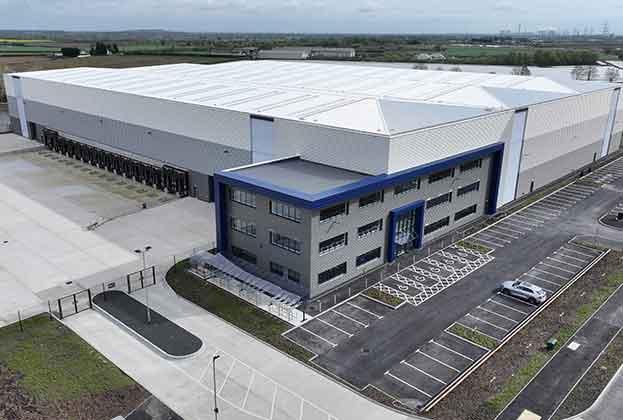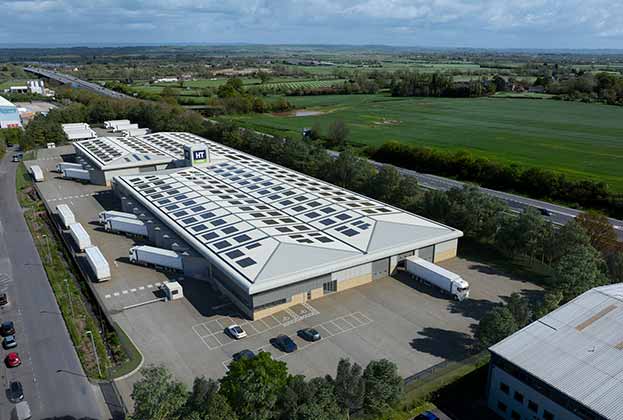Despite a fall in take-up in the first half of 2023, the industrial and logistics sector has seen rents remain robust. In fact, the somewhat weaker demand bought about by economic uncertainty has meant that occupiers have had the opportunity to be more selective when it comes to their warehouse space. In turn, this has led to a significant gap when it comes to prime and secondary rents as businesses look to prioritise ESG credentials.
While there has always been a gap, this has grown considerably in the last 16 years from £1.60 per sq ft in 2007 to £2.40 per sq ft in 2023, an increase of almost 50 per cent. At present, average prime and secondary rents sit at £9.32 and £6.95 respectively, signifying the biggest differential on record.
So what has driven this bifurcation?
Much like the rest of commercial real estate, we are seeing occupiers place a greater emphasis on quality, with a particular focus on ESG. Environmental factors are becoming increasingly important, especially as businesses look to measure their Scope 3 emissions.
Third party logistics providers (3PLs), for instance, must account for this if they are to win customer contracts. Companies are also seeing cost savings from the efficiencies provided by Grade A space making it an easy decision when it comes to acquiring a new warehouse unit. Also, a modern, well-specified building can make a big difference when it comes to attracting and retaining staff.
Why, then, are we only seeing this gap now?
Traditionally, the link between supply, demand and location has had a much greater bearing on rental tone. When looking back at the data, periods where rental levels have grown in core markets have largely been driven by the confluence of low levels of vacancy combined with above average levels of take-up.
With location a primary driver, especially with the growth of online retail and last mile delivery, occupiers have been willing to pay higher rents in areas with limited supply. However, we have seen priorities start to shift for some.
With supply rising to its highest level for a decade and take-up reverting back to pre-pandemic norms, it is interesting to see that rents for prime units are continuing to rise. In fact, so far this year prime rents have increased by 5.8 per cent, compared to just 0.3 per cent for secondary space. What’s more, 2022 saw take-up for second hand stock account for just 22 per cent, the lowest figure ever recorded.
While there has always been bifurcation in the office market between prime and secondary space, this is almost certainly a trend now being seen in the logistics sector.
What does this mean for the market?
Landlords and developers will no doubt be monitoring this gap closely, particularly if the level of second hand supply continues to increase due to the current economic climate. If it does take longer to lease, while also achieving rental levels significantly below prime units, there could well be a case for comprehensive refurbishment or even the redevelopment of stock in order to meet occupiers ESG requirements.
Further information
Contact Kevin Mofid

.jpg)

.jpg)
